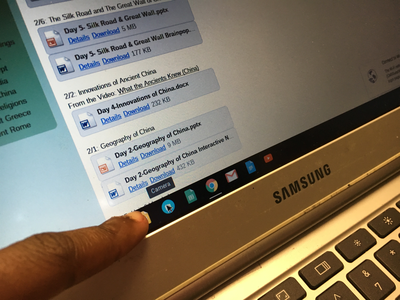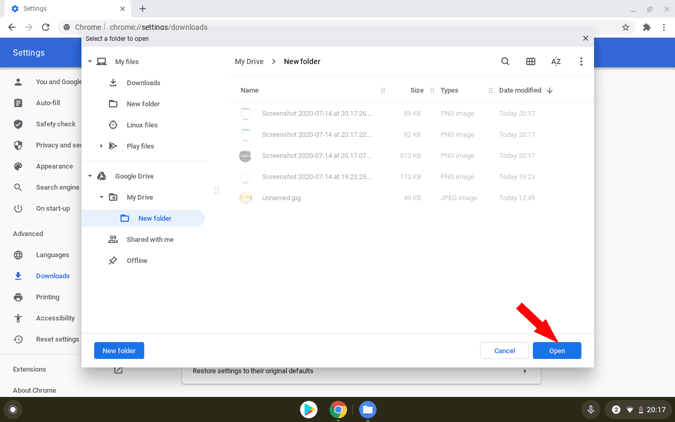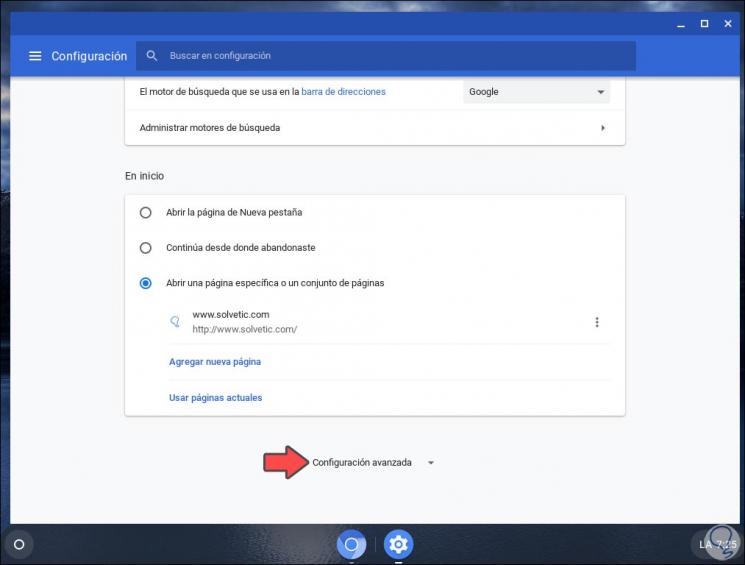

- #HOW TO INSTALL GOOGLE DRIVE ON CHROMEBOOK HOW TO#
- #HOW TO INSTALL GOOGLE DRIVE ON CHROMEBOOK FULL#
- #HOW TO INSTALL GOOGLE DRIVE ON CHROMEBOOK TRIAL#
- #HOW TO INSTALL GOOGLE DRIVE ON CHROMEBOOK DOWNLOAD#
After your trial expires, you will still have access to T ext-to-Speech and T ranslator for Google Docs and the web, but the Read&Write for Google Chrome premium features will only be available if you purchase a subscription.

Note: If you are trialing Read&Write for Google Chrome, you will have access to all features for 30 days. Please also see Extensions required for Read&Write for Google Chrome. This will install the Read&Write for Google Chrome extension to be used in Google Docs, web pages, ePubs and PDFs. To begin using Read&Write for Google Chrome, you must first add it to Chrome through the Chrome Web Store. For more product information, please visit our main website.
#HOW TO INSTALL GOOGLE DRIVE ON CHROMEBOOK HOW TO#
This is a quick overview how how to access the product and where it can be used.
#HOW TO INSTALL GOOGLE DRIVE ON CHROMEBOOK FULL#
But once you have copied it to Google Drive, you can then go back and delete it from the Downloads folder to free up your local storage.įor more, learn how a Chromebook differs from a laptop and how to make ChromeOS feel more like a full OS.Read&Write for Google Chrome™ provides support tools for the web and common file types accessed through Google Drive, including Google Docs, Google Slides, Web Pages, PDFs and ePubs. This copies the file to Google Drive, leaving the original in the Downloads folder. Actually, you can't move it as much as copy it and then go back and delete it.įrom the Downloads folder, click on a file and drag it to Google Drive listed in the left panel. Instead of deleting a file, you can free up local storage space by moving a file from the Downloads folder to the cloud. To delete a file, open the Downloads folder, click to select a file or files and then click the trashcan button in the upper-right corner. If you find an image online you want to save, for example, you can right-click on the image and choose Save image as and it gets saved to the Downloads folder.
#HOW TO INSTALL GOOGLE DRIVE ON CHROMEBOOK DOWNLOAD#
If you don't see it, click All Apps and find the Files app listed among all of your Chromebook's apps.Īny file you download from the Web to a Chromebook gets saved to your Downloads folder. A window will open showing the apps you have used recently.

To view the files stored locally on your Chromebook, click the Launcher button in the lower-left corner of your Chromebook's display (it's ChromeOS' version of the Windows Start button). With this guide, I'll show you how to access your Chromebook's local storage, find out how much free space remains and how to save, delete and move files. (For example, to set a custom image for your desktop wallpaper, you first need to download an image from the Web.) Because local storage is deemphasized on a Chromebook, finding it isn't as straightforward as locating your C: drive. I wouldn't keep the only copies of treasured photos on my Chromebook's SSD, but it is useful as a temporary storage spot for downloaded files. Typically, a Chromebook supplies either a 16GB or 32GB solid-state drive, but ChromeOS treats this local storage as a cache and may delete older files to make room for new files. This web-centric view of the laptop makes Chromebooks easy to operate and inexpensive to acquire, but Chromebooks are not without some local storage. (Or alternative cloud services such as, say, Dropbox, Spotify and Flickr.) Photos are likely viewed on Google Photos. A Chromebook's files are likely stored on Google Drive. Chromebooks are built and sold with the idea that you'll use cloud storage for most if not all of your files.


 0 kommentar(er)
0 kommentar(er)
